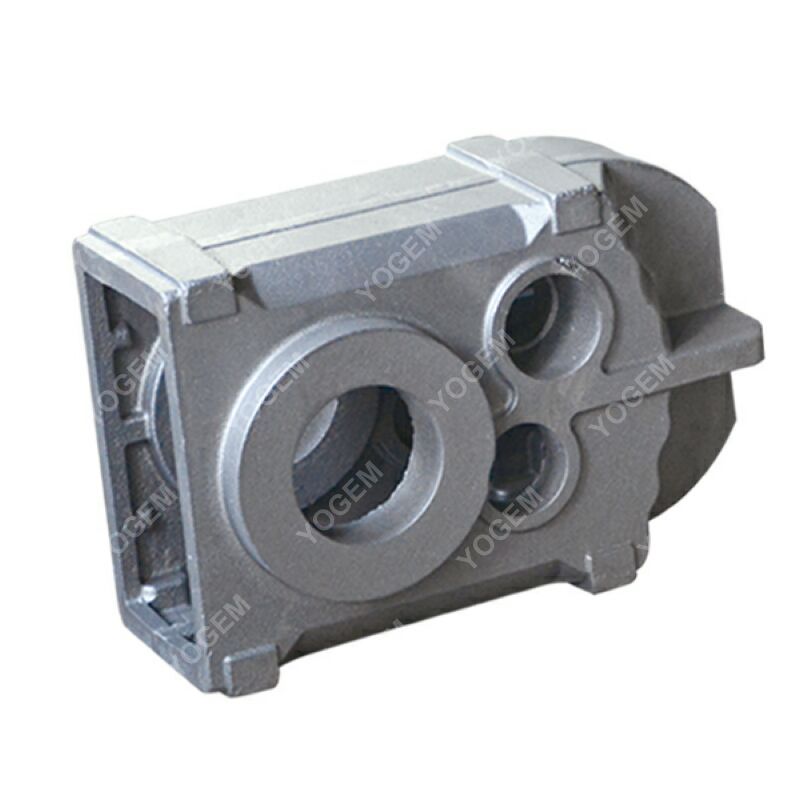Grey Iron Casting vs Ductile Iron: Key Differences and Uses Explained
Oct. 21, 2024
When selecting iron for industrial applications, two common choices stand out: grey iron casting and ductile iron. Both materials offer distinct benefits and are widely used across various industries. Understanding their key differences and appropriate uses can help manufacturers make informed decisions.
Material Composition and Structure
Grey Iron
Grey iron, named for the color of its fractured surface, is composed primarily of carbon and silicon. The carbon in grey iron takes the form of graphite flakes, which give the material its characteristic brittleness and lower tensile strength. These flakes disrupt the iron's structure, making it less malleable but highly resistant to wear and vibration dampening.
Ductile Iron
Also known as nodular iron, ductile iron contains small amounts of magnesium or cerium, which alters the carbon structure. Instead of forming flakes like in grey iron, the carbon in ductile iron forms spherical nodules. This unique structure provides ductile iron with greater flexibility, tensile strength, and impact resistance, making it more durable than grey iron.

Mechanical Properties
Strength and Durability
One of the primary differences between grey iron and ductile iron is their mechanical properties. Grey iron is brittle and can crack under heavy loads or impact, making it ideal for situations where compressive strength is important but flexibility is not required. Ductile iron, on the other hand, is much more resistant to cracking and can withstand significant strain and impact, which gives it a higher tensile strength.
Flexibility and Malleability
Grey iron is relatively inflexible, making it suitable for static applications where minimal bending or stress is expected. Ductile iron, however, is far more malleable. Its ability to bend without breaking makes it a better option for dynamic applications, especially where machinery or structural components may experience regular stress or shock.
Common Applications
Uses of Grey Iron
Due to its high compressive strength, grey iron is commonly used in manufacturing components such as engine blocks, pumps, and heavy machinery bases. Its excellent vibration dampening properties also make it ideal for machine tool frames and housings, where noise and vibration control are important.
Uses of Ductile Iron
Ductile iron's flexibility and toughness make it an excellent choice for pipes, automotive components, and gears. It can handle the pressure and impact found in transport systems and piping networks. Furthermore, ductile iron is often used in the automotive industry for parts like crankshafts, suspension systems, and steering components, where both strength and flexibility are critical.
Cost Considerations
Grey Iron Costs
Grey iron is generally cheaper to produce than ductile iron due to its simpler casting process and lower material costs. Its suitability for high-volume production with minimal material waste further contributes to its cost efficiency.
Ductile Iron Costs
While more expensive than grey iron, ductile iron provides a longer lifespan and greater durability, making it a cost-effective solution for applications where its added strength and flexibility reduce maintenance and replacement costs over time.
Choosing the Right Iron
Choosing between grey iron casting and ductile iron depends largely on the specific needs of your project. For applications that require high compressive strength, noise reduction, and low cost, grey iron is often the better choice. However, if flexibility, impact resistance, and overall durability are required, ductile iron offers significant advantages.
In summary, both grey iron and ductile iron serve vital roles in modern industry, each with its own strengths and ideal use cases. Understanding the differences in their composition, mechanical properties, and applications ensures you select the best material for your specific project needs.
153
0
0
None
None

Comments
All Comments (0)